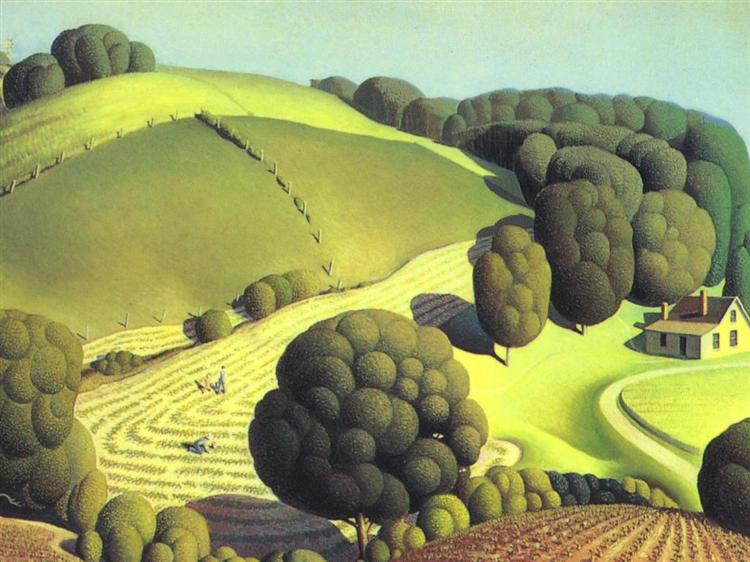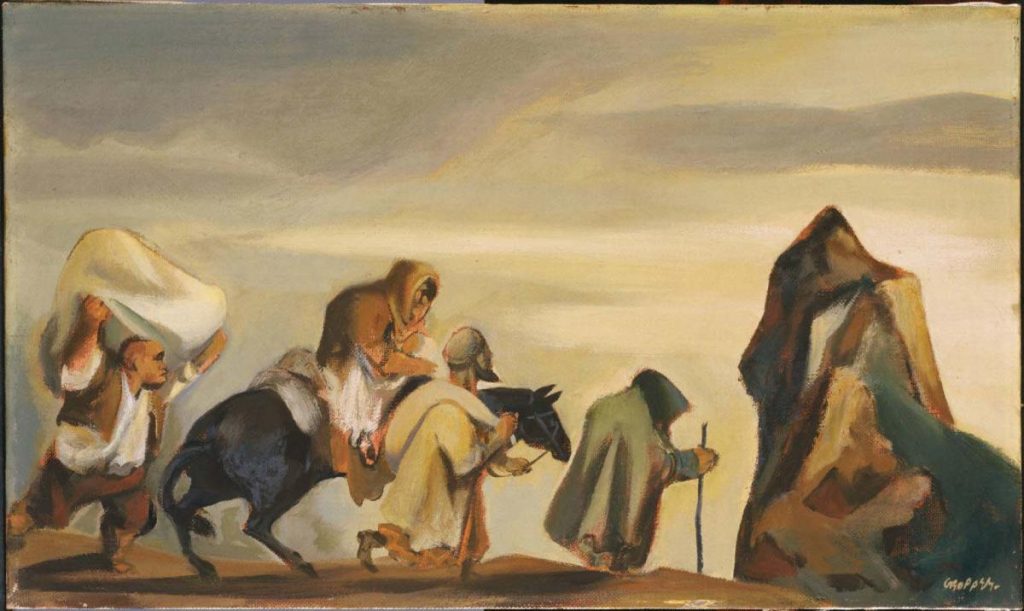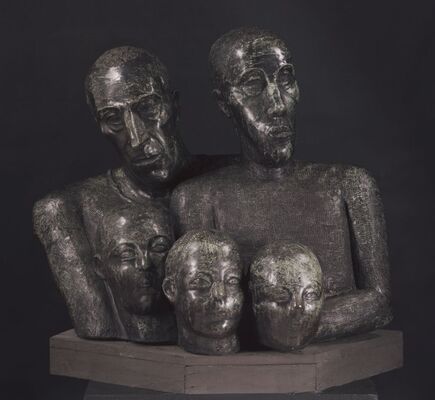OTD in early British television: 18 August 1939

John Wyver writes: Looking back to the programmes of August 1939 you can’t escape the sense of the impending war, now (as it were) little more than a fortnight away. And yet AP copntinued to turn out intriguing transmissions, including the early arts broadcast American Painting on the evening of Friday 18.
This 22-minute programme, produced by Andrew Miller Jones, was introduced by British art historian and museum director William George Constable, who since the previous year had been curator of painting at Boston’s Museum of Fine Arts. Constable had studied at the Slade just after the First World War, in which he had been badly injured, and worked at the Wallace Collection, National Gallery and then as the first director of the Courtauld Institute of Art.
The selected artworks, which would have been shown as black and white photographs, were described by poet and critic Geoffrey Grigson, and editor at the time of the influential magazine New Verse. Immediately after the coming war, he was to found London’s Institute of Contemporary Arts with, among others, Herbert Read and Roland Penrose.

The line-up of works constituted a rapid run-through of American art history from John Singleton Copley’s ‘Portrait of a New Englander’ to the semiabstract sculpture ‘Girl Washing her Hair’ by the now largely forgotten Hugo Robus. Along the way there was Winslow Homer’s 1898 ‘Key West, Negro Cabins and Palms’ (above), works by Whistler and Sargent, and Grant Wood‘s regionalist ‘Young Corn’ (header), painted in 1931.

There were a couple of surprising, and perhaps surprisingly political, choices too, such as William Gropper‘s recently painted ‘Minorities’ (above), now in Washington DC’s Phillips Collection. Gropper was a radical caricaturist and social realist painter with strong leftist sympathies.
And then there was the 1931 sculpture ‘American Miner’s Family’ (below) by Minna Harkavy, now in the collection of the University of Georgia. As Wikipedia notes of the artist,
Harkavy was a WPA Federal Art Project artist… [and] a founding member of the New York Society of Women Artists. Politically she was known as a leftist and anti-fascist with a strong social consciousness.

Harkavy’s bust of Italian-American anti-fascist and labour organiser (and her lover) Carlo Tresca, who was assassinated, alledgedly by mafioso Carmine Galante, in New York in 1943 was installed in his birthplace of Sulmona, Italy.
[OTD post no. 244; part of a long-running series leading up to the publication on 8 January 2026 of my book Magic Rays of Light: The Early Years of Television in Britain, which can now be pre-ordered from Bloomsbury here.]
Leave a Reply